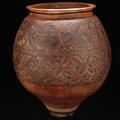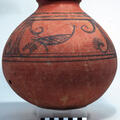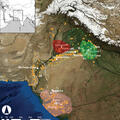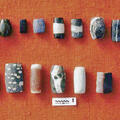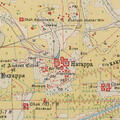What Makes a Pot Harappan?
"When we speak of Harappan material style, we need to include the whole package of raw material, technological know-how as well as shape and pattern," writes Dr. Heidi J. Miller, who goes on to present "a preliminary study of what defines a Harappan phase ceramic assemblage by comparing the assemblages from the sites of Harappa in the Punjab, Mohenjo-daro and the smaller site of Chanhu-daro, both in Sindh, and illustrating what is shared amongst these contemporary occupations."

